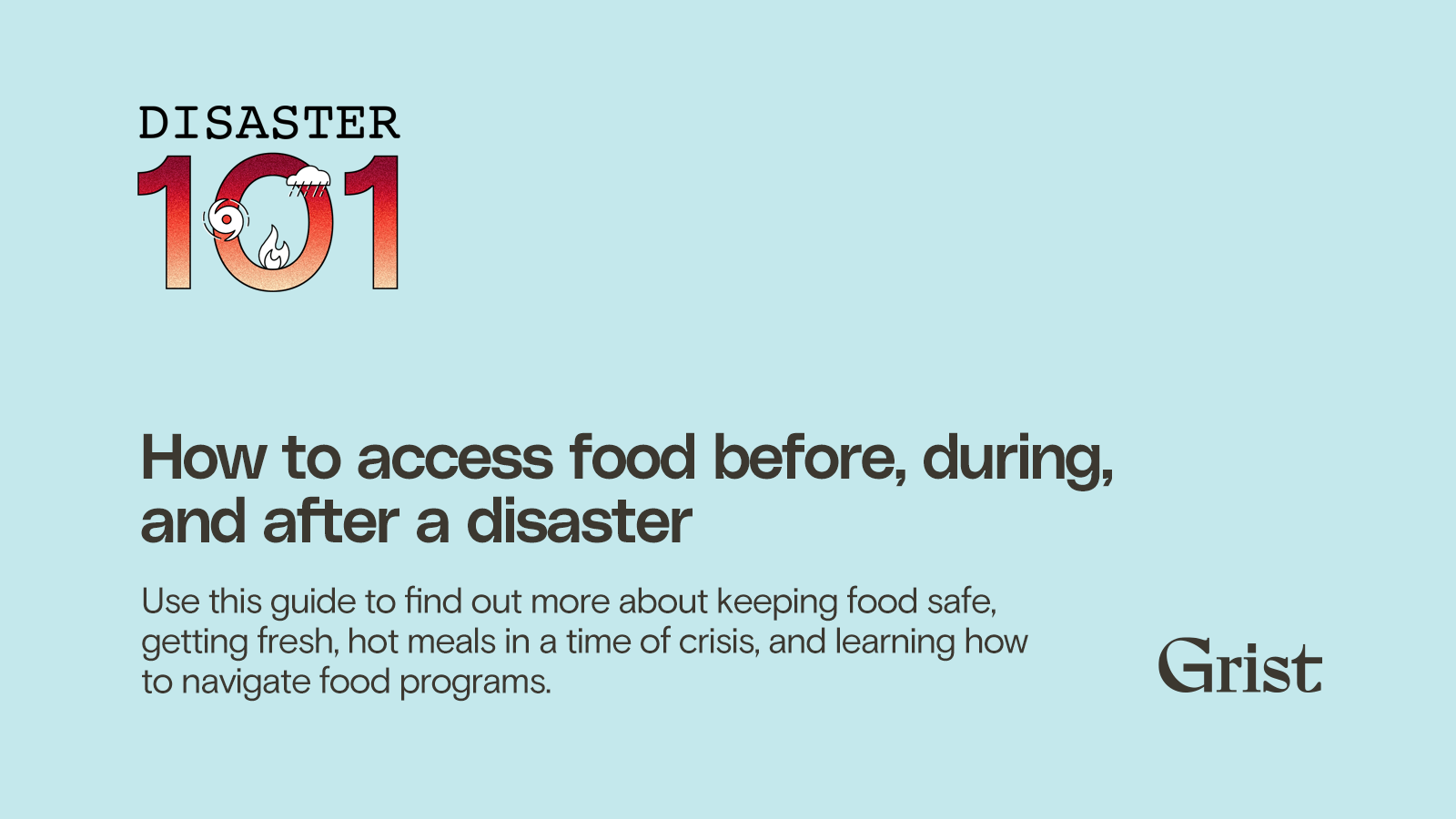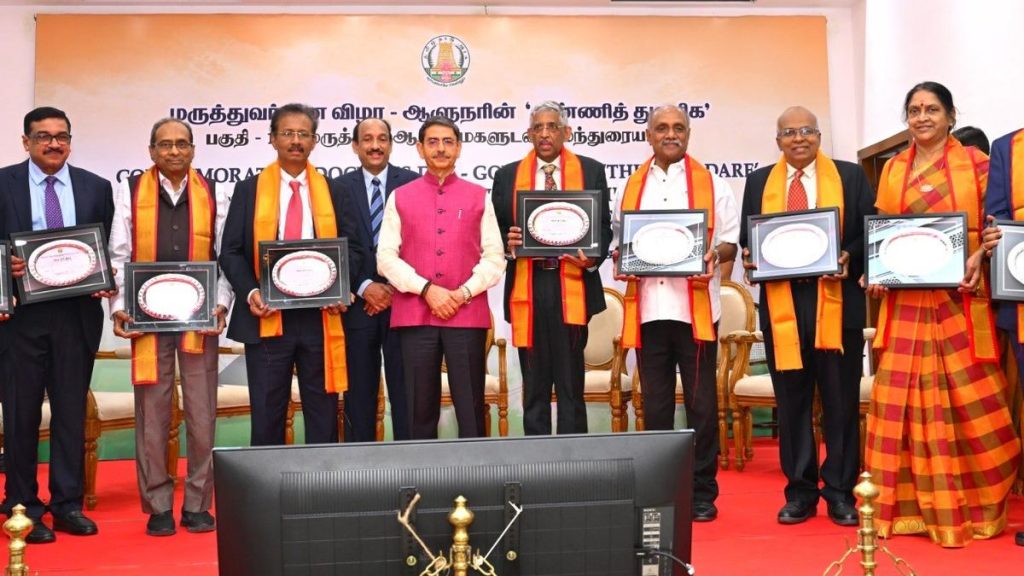Now Reading: Guide to Accessing Food in Times of Disaster
-
01
Guide to Accessing Food in Times of Disaster
Guide to Accessing Food in Times of Disaster

Quick Summary
- Food and Water in disasters: Proper readiness for emergencies, such as extreme whether events, involves having adequate supplies of food and water. Guidelines vary by location, with recommendations ranging from a three-day to two-week stockpile.
- Key Items to Prepare: Essentials include one gallon of water per person/day, nonperishable food lasting several days, kitchen tools (can opener), and a cooking thermometer. Storing items properly extends shelf life.
- Food safety Tips: In power outages:
– Keep refrigerator/freezer doors closed as much as possible.
– Discard perishable foods if temperature exceeds 40°F for more than two hours.
- Charitable Food Resources: Nonprofits like World Central Kitchen and Feeding America frequently provide free meals during disasters. Local emergency relief agencies frequently enough collaborate with federal organizations like FEMA for aid distribution.
- Federal Assistance Programs:
– SNAP offers grocery assistance but has lengthy application processes.
– D-SNAP provides disaster-specific benefits after federal declarations.
– WIC assists low-income families with children under five years old or pregnant women.
– TEFAP offers emergency food through local shelters but not direct financial support.
- Challenges for Immigrants and low-Income communities: Many disaster-related benefits are inaccessible to undocumented immigrants. Economic barriers exacerbate hunger post-disaster amid rising poverty rates.
- Recommendations Post-Flooding/Disasters: Avoid consuming food that contacted floodwater. Store food away from heat sources on high shelves in airtight containers to prevent spoilage or contamination.
Indian Opinion Analysis
India’s vulnerability to climate-induced disasters highlights the urgency of ensuring adequate disaster preparedness at all societal levels. With India experiencing frequent floods, cyclones, and droughts due to climate change impacts, replicating some practices outlined here can substantially bolster resilience across communities.
The detailed guidance offered can be tailored effectively for India’s diverse ecosystems-urban centers may focus on flood-proof storage techniques while rural areas could prioritize agricultural crop planning aligned with extreme weather prediction models. Moreover, incorporating centralized lists of relief organizations-available on government platforms-could aid faster dialog during emergencies akin to India’s National Disaster Management Authority (NDMA).
Recognizing economic inequalities exacerbated by disasters must remain central when designing relief programs domestically; targeted subsidies or support addressing rural households’ poverty-driven limitations would bridge divides similar efforts globally bring into focus protecting vulnerable socio-economic classes India ahead balancing emergency readiness equity equity forefront.























